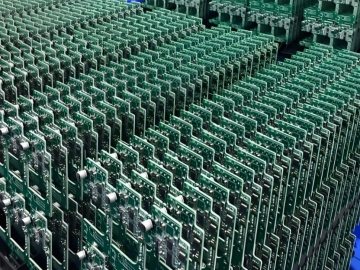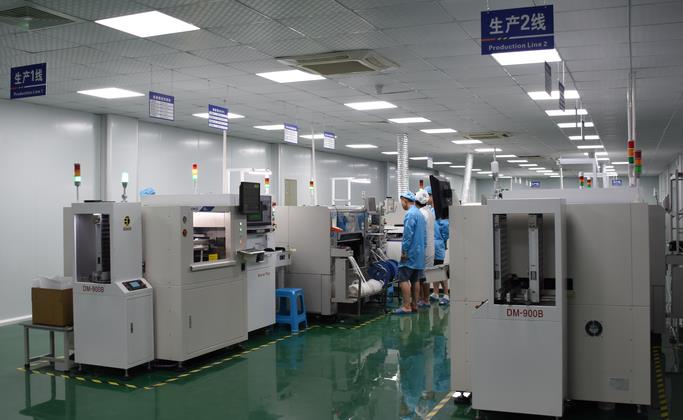What are the Benefits of Using Ceramic Multilayer PCB?
The Benefits of Using Ceramic Multilayer PCB include:
Superior Thermal Conductivity: Ceramic materials like alumina (Al2O3) and aluminum nitride (AlN) have excellent thermal conductivity, allowing for efficient heat dissipation in high-power and high-density electronic applications. This can significantly improve the reliability and lifespan of electronic components by reducing thermal stress and hotspots.
Excellent Electrical Performance: Ceramic PCBs offer low signal loss, high insulation resistance, and reduced crosstalk between layers, making them ideal for high-speed and high-frequency signal transmission. This enhances the overall electrical performance of the electronic system.
High Mechanical Strength and Durability: Ceramic materials are inherently strong and resistant to wear, corrosion, and other environmental factors. This makes ceramic multilayer PCBs suitable for demanding applications that require high reliability and long-term stability.
Compact Design: Multilayer construction allows for a higher level of integration, enabling the design of compact and lightweight electronic systems. This is particularly beneficial in space-constrained applications such as mobile devices, aerospace, and defense.
Resistance to Chemical Attack: Ceramic PCBs are highly resistant to chemicals and solvents, making them suitable for use in harsh environments where traditional organic PCBs may degrade.
Compatibility with High-Power Components: The superior thermal conductivity of ceramic materials enables the use of high-power components without overheating, which can extend the operating range and performance of electronic systems.
Versatility: Ceramic PCBs can be customized to meet specific application requirements, including variations in layer count, thickness, material composition, and surface finishes.
It's worth noting that while ceramic multilayer PCBs offer numerous advantages, they also come with higher costs and more complex manufacturing processes compared to traditional organic PCBs. Therefore, the decision to use ceramic PCBs often depends on the specific requirements and benefits sought for a given application.
Tags: PCB /Ceramic_Multilayer_PCB /
Prev: Why is multilayer ceramic PCB harder to build?
Next: What Are The RF PCB Routing Rules?








